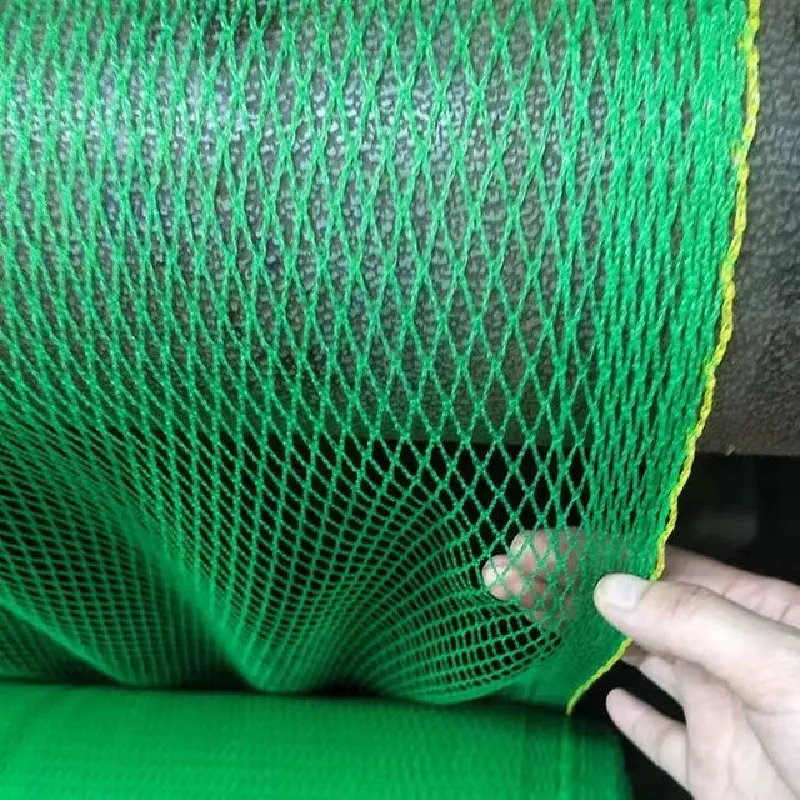-
 Afrikaans
Afrikaans -
 Albanian
Albanian -
 Amharic
Amharic -
 Arabic
Arabic -
 Armenian
Armenian -
 Azerbaijani
Azerbaijani -
 Basque
Basque -
 Belarusian
Belarusian -
 Bengali
Bengali -
 Bosnian
Bosnian -
 Bulgarian
Bulgarian -
 Catalan
Catalan -
 Cebuano
Cebuano -
 China
China -
 Corsican
Corsican -
 Croatian
Croatian -
 Czech
Czech -
 Danish
Danish -
 Dutch
Dutch -
 English
English -
 Esperanto
Esperanto -
 Estonian
Estonian -
 Finnish
Finnish -
 French
French -
 Frisian
Frisian -
 Galician
Galician -
 Georgian
Georgian -
 German
German -
 Greek
Greek -
 Gujarati
Gujarati -
 Haitian Creole
Haitian Creole -
 hausa
hausa -
 hawaiian
hawaiian -
 Hebrew
Hebrew -
 Hindi
Hindi -
 Miao
Miao -
 Hungarian
Hungarian -
 Icelandic
Icelandic -
 igbo
igbo -
 Indonesian
Indonesian -
 irish
irish -
 Italian
Italian -
 Japanese
Japanese -
 Javanese
Javanese -
 Kannada
Kannada -
 kazakh
kazakh -
 Khmer
Khmer -
 Rwandese
Rwandese -
 Korean
Korean -
 Kurdish
Kurdish -
 Kyrgyz
Kyrgyz -
 Lao
Lao -
 Latin
Latin -
 Latvian
Latvian -
 Lithuanian
Lithuanian -
 Luxembourgish
Luxembourgish -
 Macedonian
Macedonian -
 Malgashi
Malgashi -
 Malay
Malay -
 Malayalam
Malayalam -
 Maltese
Maltese -
 Maori
Maori -
 Marathi
Marathi -
 Mongolian
Mongolian -
 Myanmar
Myanmar -
 Nepali
Nepali -
 Norwegian
Norwegian -
 Norwegian
Norwegian -
 Occitan
Occitan -
 Pashto
Pashto -
 Persian
Persian -
 Polish
Polish -
 Portuguese
Portuguese -
 Punjabi
Punjabi -
 Romanian
Romanian -
 Russian
Russian -
 Samoan
Samoan -
 Scottish Gaelic
Scottish Gaelic -
 Serbian
Serbian -
 Sesotho
Sesotho -
 Shona
Shona -
 Sindhi
Sindhi -
 Sinhala
Sinhala -
 Slovak
Slovak -
 Slovenian
Slovenian -
 Somali
Somali -
 Spanish
Spanish -
 Sundanese
Sundanese -
 Swahili
Swahili -
 Swedish
Swedish -
 Tagalog
Tagalog -
 Tajik
Tajik -
 Tamil
Tamil -
 Tatar
Tatar -
 Telugu
Telugu -
 Thai
Thai -
 Turkish
Turkish -
 Turkmen
Turkmen -
 Ukrainian
Ukrainian -
 Urdu
Urdu -
 Uighur
Uighur -
 Uzbek
Uzbek -
 Vietnamese
Vietnamese -
 Welsh
Welsh -
 Bantu
Bantu -
 Yiddish
Yiddish -
 Yoruba
Yoruba -
 Zulu
Zulu
Steel Mesh for Reinforcement in Construction Applications and Structural Strengthening Solutions
The Significance of Steel Fabric Reinforcement Mesh in Modern Construction
In the realm of construction, the integrity and strength of structures are paramount. One of the critical materials that contribute to this integrity is the steel fabric reinforcement mesh. This essential component plays a vital role in enhancing the structural performance of concrete elements, making it a staple in various construction projects.
Steel fabric reinforcement mesh, often referred to simply as reinforcement mesh or welded wire mesh, consists of a grid of steel wires that are welded together at intersections. This mesh is typically made from high-strength steel, which provides the necessary tensile strength and durability required for construction applications. The mesh is available in various sizes and configurations, catering to different structural requirements and standards.
The Role of Reinforcement Mesh
Concrete, while excellent in compression, is inherently weak in tension. This weakness can lead to cracks and failure under load if not properly reinforced. The introduction of steel fabric reinforcement mesh addresses this issue by providing additional tensile strength. When embedded within concrete, the mesh helps to distribute loads evenly, reducing the likelihood of structural failure.
One of the primary advantages of using steel fabric reinforcement mesh is its ability to enhance the ductility of concrete structures. Ductility is crucial because it allows structures to deform without collapsing, providing warning signs before failure occurs. With the incorporation of reinforcement mesh, buildings and infrastructures can better withstand dynamic loads, such as those from wind or earthquakes, ultimately leading to safer designs.
Applications in Construction
steel fabric reinforcement mesh

The versatility of steel fabric reinforcement mesh makes it suitable for a wide range of applications. It is commonly used in the construction of slabs, pavements, walls, and precast concrete elements. For instance, in urban areas where concrete slabs form the foundation of buildings, the use of reinforcement mesh ensures that these slabs can effectively handle the weight and stress imposed by the structure above.
Additionally, the mesh is employed in road and bridge construction, where it enhances the durability and lifespan of the concrete surfaces. The ability to withstand repeated loading and environmental impacts makes it an ideal choice for enhancing infrastructure resilience.
Environmental and Economic Benefits
Using steel fabric reinforcement mesh can also yield environmental and economic benefits. The mesh facilitates the reduction of material usage compared to traditional reinforcement methods, as it can provide similar, if not superior, structural performance with less material. This efficiency can lead to lower costs in both materials and labor, significantly benefiting project budgets.
Moreover, the durability of structures reinforced with mesh translates into longer lifespans and reduced maintenance costs over time. This longevity not only conserves resources but also minimizes the environmental footprint associated with frequent repairs or replacements.
Conclusion
Steel fabric reinforcement mesh is an indispensable component in modern construction that enhances the strength, durability, and safety of concrete structures. Its ability to provide tensile strength, improve ductility, and reduce material usage makes it a preferred choice for engineers and architects alike. As the construction industry continues to evolve, the reliance on such efficient and effective reinforcement techniques will undoubtedly grow, ensuring that our built environment is more resilient, sustainable, and capable of withstanding the tests of time. By understanding the vital role of steel fabric reinforcement mesh, stakeholders can make informed decisions that will lead to better construction practices and safer structures for future generations.
-
Shipping Plastic Bags for Every NeedNewsJul.24,2025
-
Safety Netting: Your Shield in ConstructionNewsJul.24,2025
-
Plastic Mesh Netting for Everyday UseNewsJul.24,2025
-
Nylon Netting for Every UseNewsJul.24,2025
-
Mesh Breeder Box for Fish TanksNewsJul.24,2025
-
Expanded Steel Mesh Offers Durable VersatilityNewsJul.24,2025











